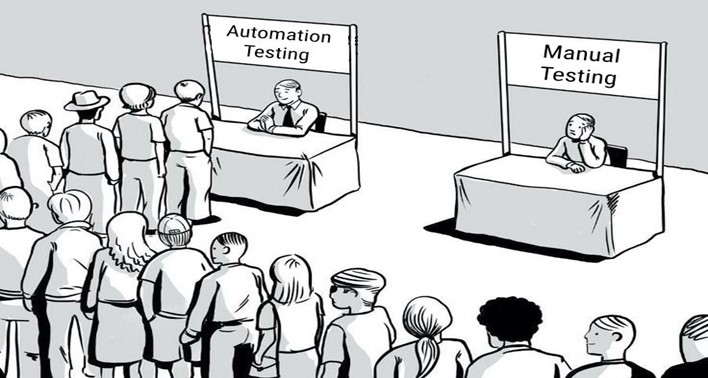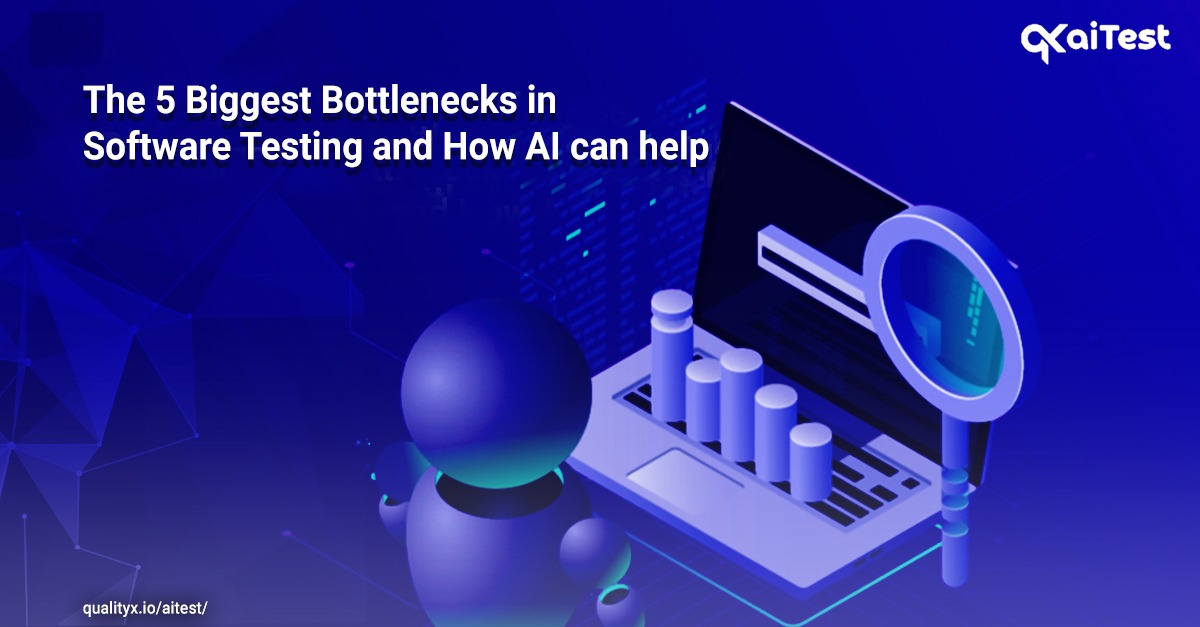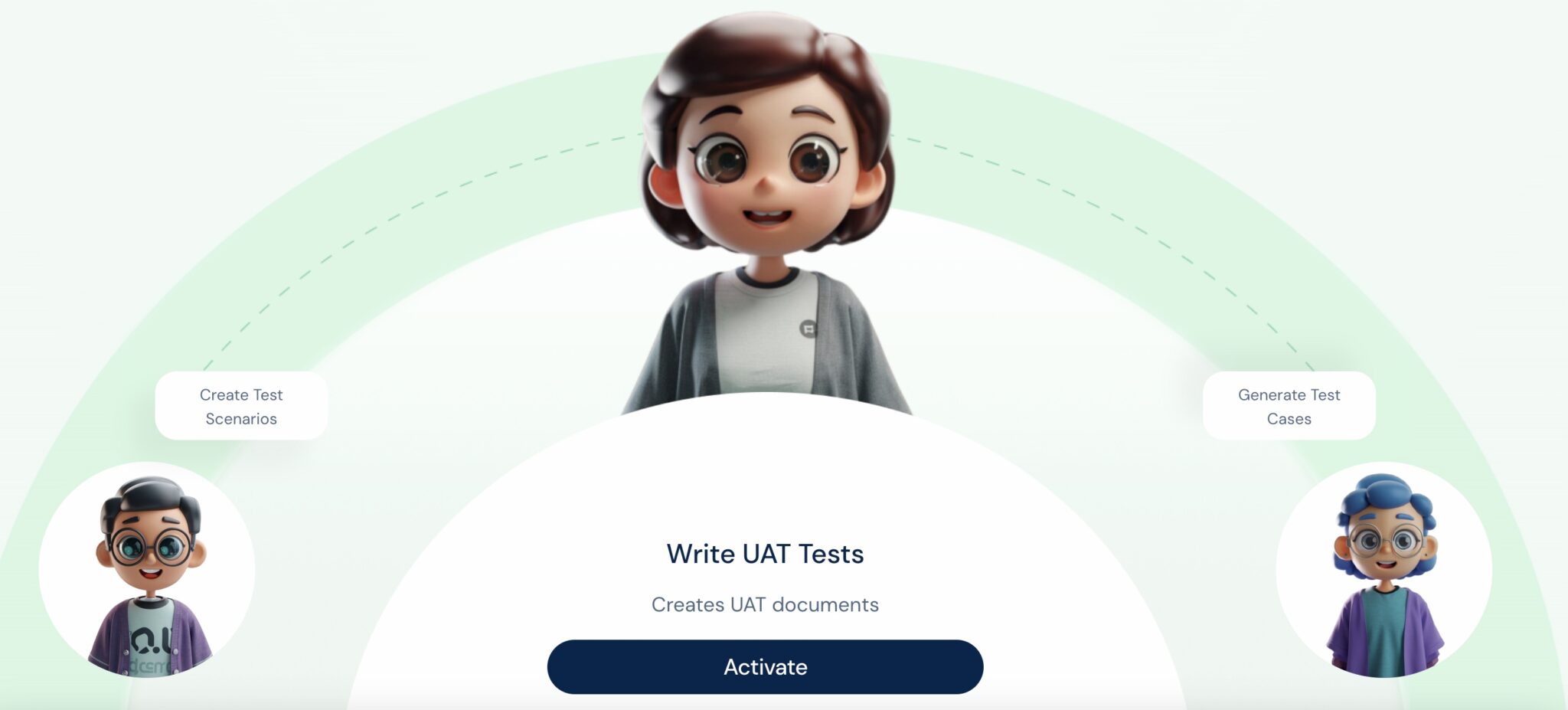Introduction:
1. Insufficient Test Coverage:
The most substantial bottleneck in software testing is insufficient test coverage. It is often tough to maintain a balance between quality and speed, leading to rushed test scenarios that don’t cover all the application’s facets.
Here, AI can make a considerable difference. AI-powered tools can quickly identify potential test cases, reduce redundancies, and ensure comprehensive test coverage. Such tools use machine learning algorithms to analyze application data and produce test scenarios that a human tester might miss.2. Time-consuming Manual Testing:
Running manual tests for every change made in the code is a labor-intensive and time-consuming process. Additionally, the human errors introduced in the process make it less reliable.
AI-driven automation can address these problems. Automated testing tools, when combined with AI, can conduct reliable, faster, and more accurate tests. These tools can learn from past test scenarios, improving their efficiency over time. Plus, they free up the human testers to invest their time in creating more effective testing strategies.
3. Lack of Expertise and Resources:
Software testing often requires highly specialized skills and resources, which might not be available to all organizations.
AI-based testing tools can help bridge this gap. They are easy to use and require less technical expertise, which enables even the non-technical staff to execute tests successfully. They provide a cost-effective solution by reducing the need for hiring highly skilled professionals and buying expensive tools.
4. Inability to Handle Complex Data:
Handling voluminous and complex data is another significant challenge for testers. Analyzing such data manually is time-consuming and prone to errors.
Handling voluminous and complex data is another significant challenge for testers. Analyzing such data manually is time-consuming and prone to errors.5. Inability to Predict Future Risks:
Traditional testing methodologies are mainly reactive, focusing on the current software version. They lack the ability to predict future risks based on historical data.
With predictive analytics, an AI application can analyze past testing data and identify patterns to predict future risks. This proactive approach helps in planning effective testing strategies well in advance, minimizing future errors and improving the overall software quality.Summary:
Clearly, AI offers significant advantages in overcoming bottlenecks in software testing, ranging from enhancing testing coverage, and automating manual tasks to predicting potential future risks in software applications. It’s high time organizations recognized these challenges and implemented AI-driven solutions to not only improve test efficiency and effectiveness but significantly contribute towards delivering high-quality software.
While the journey to fully integrate AI into the software testing process may be challenging, it is undeniably one transformation every organization should consider. By harnessing the power of AI, it is possible to turn these bottlenecks into stepping stones for success in the ever-evolving software industry.


